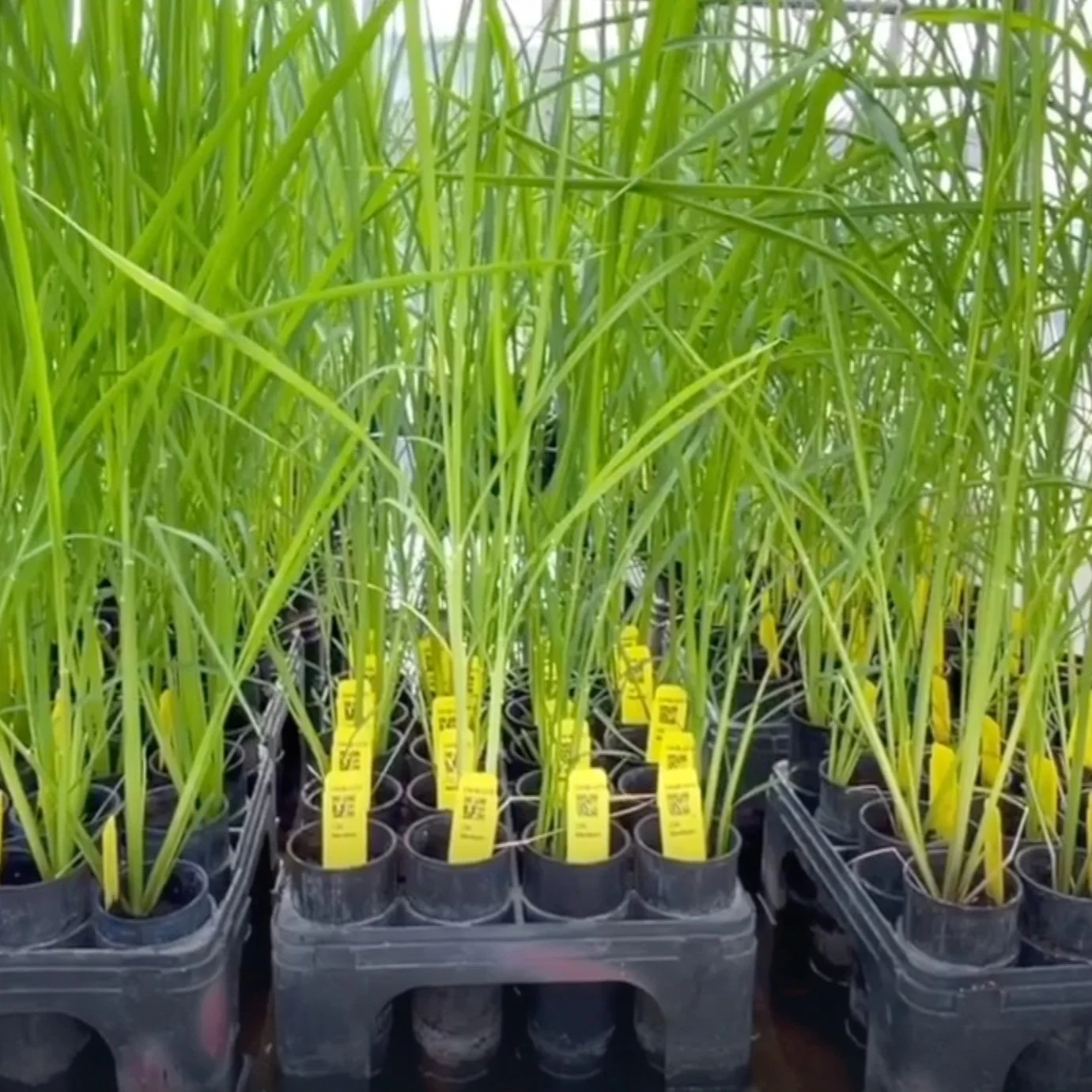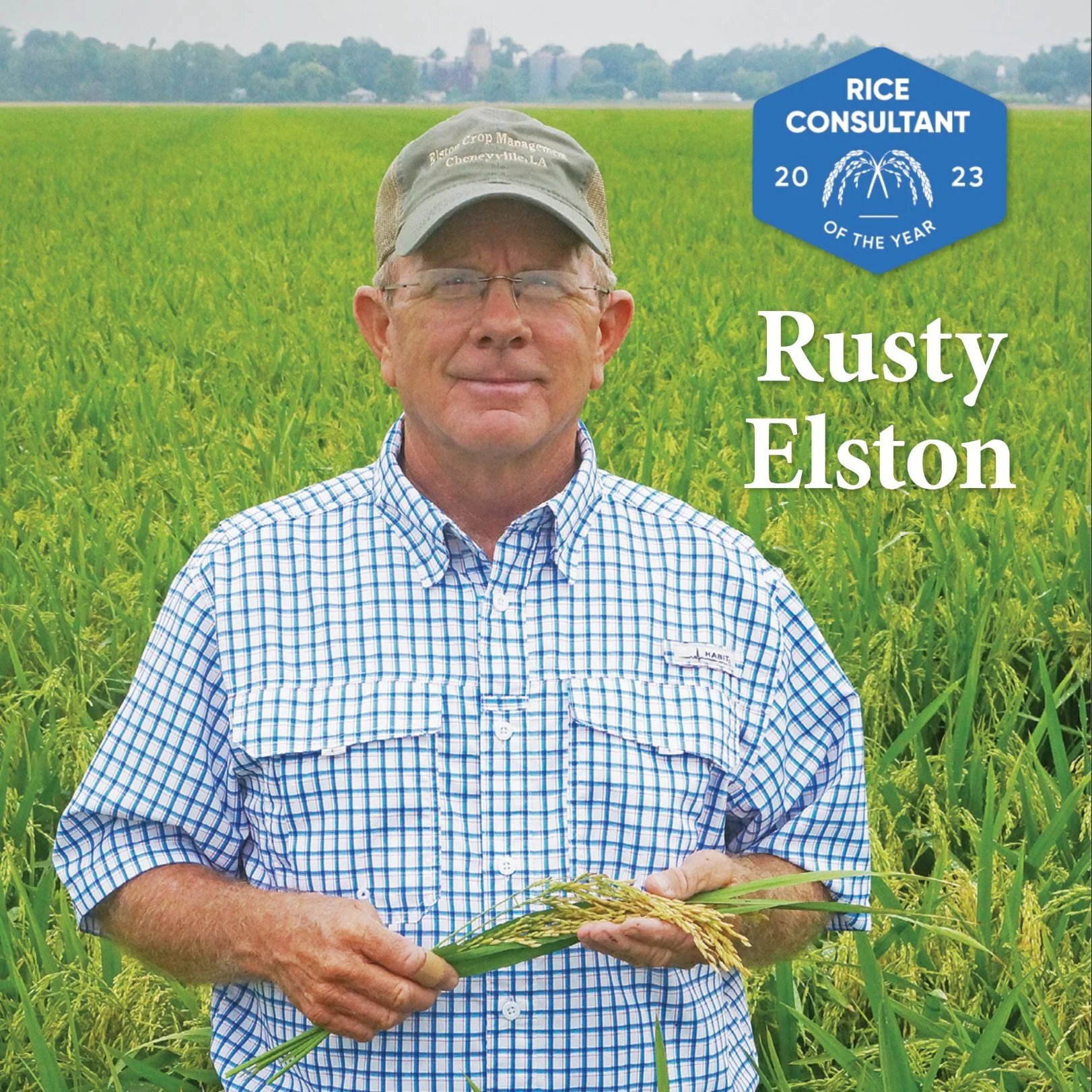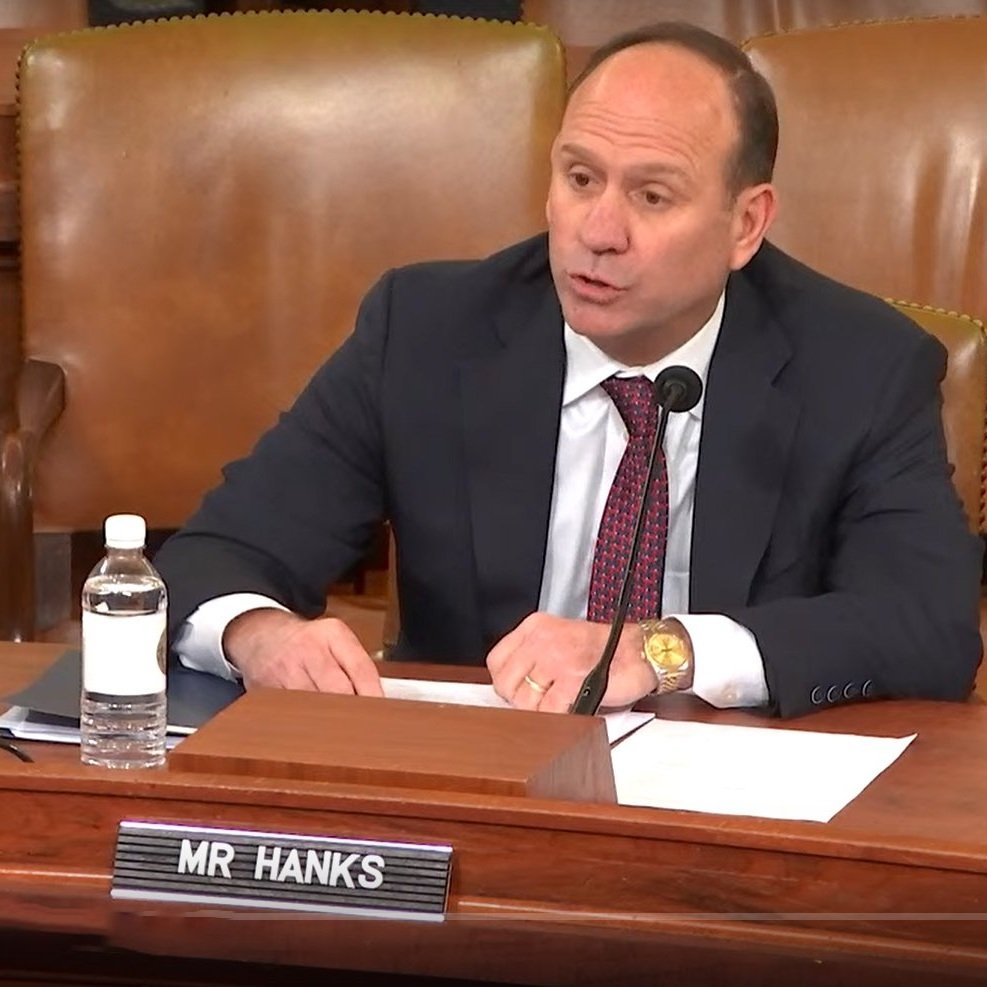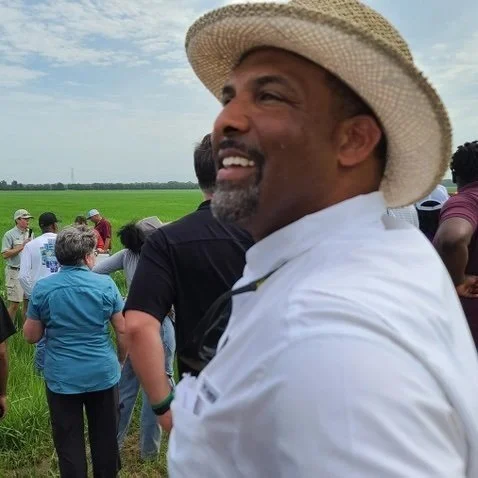This report contains the results from the 2023 December Agricultural and Row Crops County Agricultural Production surveys.
Read MoreThe H. Rouse Caffey Rice Research Station develops new varieties of rice, provides advice on how to grow and manage crops and much more.
Director of the Caffey Rice Research Station, Adam Famoso tells me the process of producing rice starts in house as the center creates different rice seeds that are then sold to farmers to grow.
Read MoreWhen someone in south Louisiana's Cajun Country says, "cook some rice," they mean the authentic grain. Offering them a vegetable you call rice would be nearly as offensive as putting tomatoes in gumbo.
Louisiana rice millers want to make sure no one is mislead by products marketed to be something they aren't.
Read MoreEver since rice pretenders – rice-shaped processed vegetables – emerged on the scene, the U.S. rice industry has been trying to set the record straight with consumers, retailers, manufacturers, policymakers, and lawmakers to avoid marketplace confusion.
“We’ve said from the beginning, ‘rice is a grain, not a shape,’” said Robbie Trahan, a Louisiana rice miller and chair of the USA Rice Domestic Promotion Committee. “If someone wants to eat cauliflower crumbles, that’s fine. But don’t call it ‘rice.’ It isn’t.”
Read MoreThe U.S. International Trade Commission (USITC) is undertaking a new fact finding investigation that will examine recent trends and developments in the global rice market and the export competitiveness of the rice industries in the United States and other major producers, such as Bangladesh, Brazil, China, India, Indonesia, Pakistan, Paraguay, Thailand, Uruguay, and Vietnam.
Read MoreEarlier this month, Bobby Hanks, a Louisiana rice miller and chair of the USA Rice International Trade Policy Committee, joined representatives from the U.S. Wheat Associates, North American Millers’ Association, and the Seafarers International Union (AFL-CIO) as part of a stakeholder panel briefing for Congressional staff on “The Role of American Agriculture & Transportation in International Food Aid.”
Read MoreAbbeville residents have been expressing their concerns lately about the old Riviana Rice Mill. The mill has been standing for over a century and contractors have been seen removing tin from the main buildings next to the railroad track. This has left some residents worried that once the tin is removed, the entire structure will be torn down, leaving Abbeville with a large cement slab.
Read MoreLouisiana rice consultant, Rusty Elston, said his father, Willard Elston, made sure his children knew how to work beginning at an early age. “This is where the training for my career actually began,” Rusty said. “My father set the example and taught us to always do our best and be willing to go the extra mile.” The young boy took notice of this important lesson and has maintained that mindset through the years in every aspect of his life.
Read MoreUSA Rice millers and merchants met with key U.S. executive and legislative government officials during their fly-in last week to talk about trade and transportation among other topics.
John Morgan, a Louisiana rice miller, kicked off a meeting with USDA Agricultural Marketing Service (AMS) Associate Administrator Melissa Bailey who provided an update on what AMS is doing that will impact the U.S. rice industry, including the announced $1 billion in food aid commodity purchases scheduled this year. Bailey shared information on the Resilient Food Systems Infrastructure (RFSI) program. States and territories will work in partnership with USDA to make competitive sub-awards up to $420 million to support infrastructure in the middle of the supply chain for domestic food and farm businesses and other eligible entities.
Bobby Hanks, a Louisiana rice miller and chair of the USA Rice International Trade Policy Committee, testified before the House Committee on Ways and Means Subcommittee on Trade, at a hearing entitled, Advancing America’s Interest at the World Trade Organization’s (WTO) 13th Ministerial Conference (MC13). Hanks was one of five witnesses providing feedback to legislators and the only witness strictly representing the interests of agricultural producers.
Read MoreThe 2022-24 Rice Leadership Development Class recently completed the two-year program with their final session held in conjunction with the USA Rice Legislative Fly-In in Washington, DC, February 4 – 8.
On Monday, the group visited the U.S. Department of Agriculture (USDA) headquarters and met with staff from several different agencies that fall under the USDA umbrella of departments that are of vital importance to the industry including the Foreign Agricultural Service (FAS), the National Agricultural Statistics Service (NASS), the Economic Research Service (ERS), the Farm Service Agency (FSA), and the World Agricultural Outlook Board.
Read MoreSome farmers are trying furrow-irrigated or row rice to see if they can use less water, a resource that is becoming more and more scarce in parts of the Midsouth.
P.J. Haynie and his family are growing row rice partly because their farming operation was not set up for growing conventional levee rice, but also because they’re part of a USDA pilot project aimed at using Climate-Smart conservation practices like row rice.
Read MoreUSA Rice Washington staff brought a break in the recent rain here for industry visits and to talk about the crop year ahead.
USA Rice President & CEO Peter Bachmann, Chief Operating Officer Sarah Moran, and Vice President of Communications & Domestic Promotion Michael Klein first met with the Central Louisiana Rice Growers Association (CenLaRGA) where President Michael Fruge expressed the frustration and anxiety many Louisiana rice farmers are feeling because of unusually low crawfish harvests in particular.
Read MoreArguably, no cuisine is as closely tied to its region as Cajun cuisine in Louisiana. This cooking style comes from the Acadians (early French settlers in the region of Canada known as Acadie, now Nova Scotia) who migrated to Louisiana after being driven out by the British in the 1700s. After settling in Louisiana, the Acadians adapted their French recipes to what was available in their new home.
Read MoreIt’s past daybreak on a muggy July morning when Konda Mason reaches the farm, a 5-acre plot in rural Louisiana. Mindful of the heat to come, several workers are already weeding, and Ms. Mason – her daily meditation and yoga done – is ready for a busy day.
Read More














